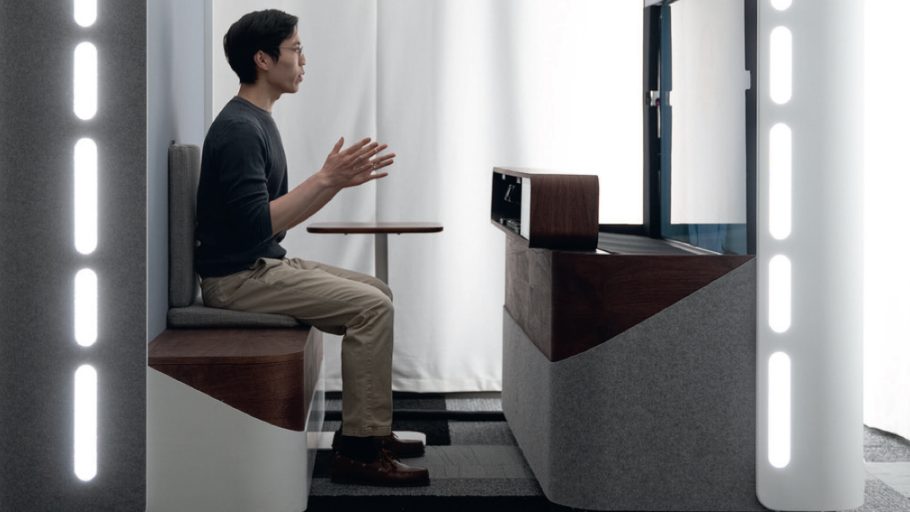Last year, Google announced its plans for a video-calling booth that could create lifelike holograms of callers through 3D imagery, high-resolution cameras, custom depth sensor sensors, and an innovative light field display—all without a headset or additional gear. While it’s still unclear if Google will release this technology to the wider public, Project Starline is now being tested beyond Google offices through an early access program. Targeting enterprises in media, healthcare, and retail, these trials will start appearing later this year in select offices of companies like WeWork, T-Mobile, Salesforce, and Meridian Health.
With the rise of hybrid working, Project Starline could completely change how we do business and how we collaborate through technology. Rather than seeing someone through a 2D window on a screen, we could connect with a life-size, 3D version of them that can talk, gesture, and make eye contact as if we were sitting face to face. Early results from the trials suggest that Project Starline can not only increase productivity, attentiveness, and presence compared to traditional video calling, but also help users feel more connected to each other.
Whether you’re having an informal coffee chat with a colleague or giving a big presentation to a stakeholder, Project Starline sounds like it might be the next bridge between in-person and online experiences.



